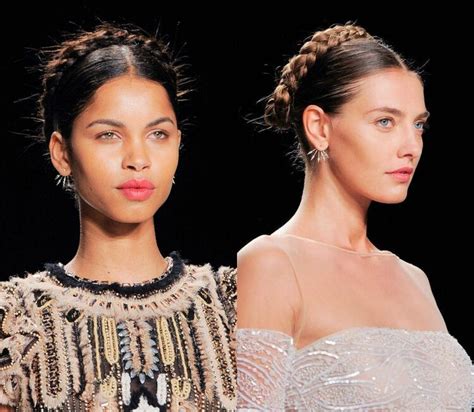Introduction
Braids have been a timeless and versatile hairstyle, gracing the heads of people across cultures and eras. Whether you desire intricate cornrows, voluminous box braids, or flowing Senegalese twists, the key to stunning braids lies in the quality of your hair extensions. Human hair for braids offers unparalleled authenticity, durability, and style possibilities.

The Benefits of Human Hair for Braids
Natural Appearance:
Human hair extensions seamlessly blend with your natural hair, creating a realistic and effortless look. The natural texture, color, and luster of human hair mimics your own, making it virtually indistinguishable from your tresses.
Durability:
Unlike synthetic hair, human hair is remarkably durable and can withstand the rigors of styling and daily wear. It does not become frizzy or tangled easily, ensuring that your braids maintain their pristine appearance for an extended period.
Customization:
Human hair for braids comes in a wide range of colors, textures, and lengths, allowing you to customize your style to suit your personality and preferences. From vibrant hues to ombre effects, you can achieve your desired look with ease.
Choosing the Right Human Hair for Braids
Hair Type:
The type of human hair you choose will affect the texture and appearance of your braids. Indian, Brazilian, and Peruvian hair are popular choices for braids due to their softness, luster, and versatility.
Hair Length:
Determine the desired length of your braids before purchasing hair extensions. The length of hair you need will depend on the style you wish to achieve. For short to medium braids, 12-18 inches is sufficient, while longer braids may require 20-28 inches or more.
Hair Quality:
The quality of the human hair extensions you choose will impact the durability and appearance of your braids. Opt for high-quality hair, preferably Remy hair, which refers to hair that is all aligned in the same direction, reducing tangles and shedding.
Styling and Maintaining Human Hair Braids
Moisturize Regularly:
Human hair braids require moisture to stay healthy and prevent breakage. Apply a leave-in conditioner or braid spray to your braids to keep them hydrated.
Detangle Gently:
When detangling your braids, use a wide-toothed comb or a detangling brush to avoid damaging the hair. Start at the ends and work your way up towards the roots.
Protect at Night:
Cover your braids with a silk or satin bonnet or scarf at night to prevent tangles and breakage. This will also help maintain their shape and extend their lifespan.
Braiding Inspiration from Around the World
Cornrows (Africa):
This timeless African braiding technique involves tight rows of braids that can be styled into intricate patterns.
Box Braids (Jamaica):
These square-shaped braids are created by dividing the hair into small sections and braiding them together from the roots to the ends.
Senegalese Twists (Senegal):
These elegant twists are made by wrapping two strands of hair around each other to create a rope-like effect.
Havana Twists (Cuba):
Similar to Senegalese twists, Havana twists are slightly thicker and have a more intricate spiral pattern.
Tips and Tricks for Braiding with Human Hair
- Use a braiding cream or gel to smooth down flyaways and prevent frizz.
- Keep your braiding hair extensions organized by color and length to save time and effort.
- If you are new to braiding, practice on a doll or mannequin before attempting to braid your own hair.
- Start with small sections of hair when braiding to ensure even tension and neat braids.
- Don’t braid your hair too tightly, as this can cause discomfort and damage to your hair follicles.
Common Mistakes to Avoid
- Using low-quality synthetic hair extensions for braids: This can result in frizzy, tangled, and short-lived braids.
- Braiding your hair when it is dry or dirty: This increases the risk of breakage and tangles.
- Overlapping your braids: This can create bulky and uncomfortable braids.
- Leaving your braids in for too long: Removing braids after an extended period can cause matting and hair loss.
- Not moisturizing your braids regularly: This can lead to dryness, breakage, and a dull appearance.
Usage of Human Hair for Braiding: Exploring New Frontiers
Wig Innovations:
Human hair for braids is becoming increasingly popular for creating realistic and wearable wigs. With advances in wig-making techniques, human hair wigs offer a natural-looking and versatile option for individuals seeking a protective or transformative hairstyle.
Braiding Extravaganza:
Braided styles are gaining prominence as a form of artistic expression. Human hair for braids enables intricate and elaborate braiding designs, allowing hair stylists and enthusiasts to showcase their creativity and skill.
Conclusion
Embracing human hair for braids empowers you to enhance your crown with stunning, long-lasting, and versatile hairstyles. By understanding the benefits, selecting the right hair, and following proper styling and maintenance techniques, you can create braids that turn heads and make you feel confident and beautiful.
